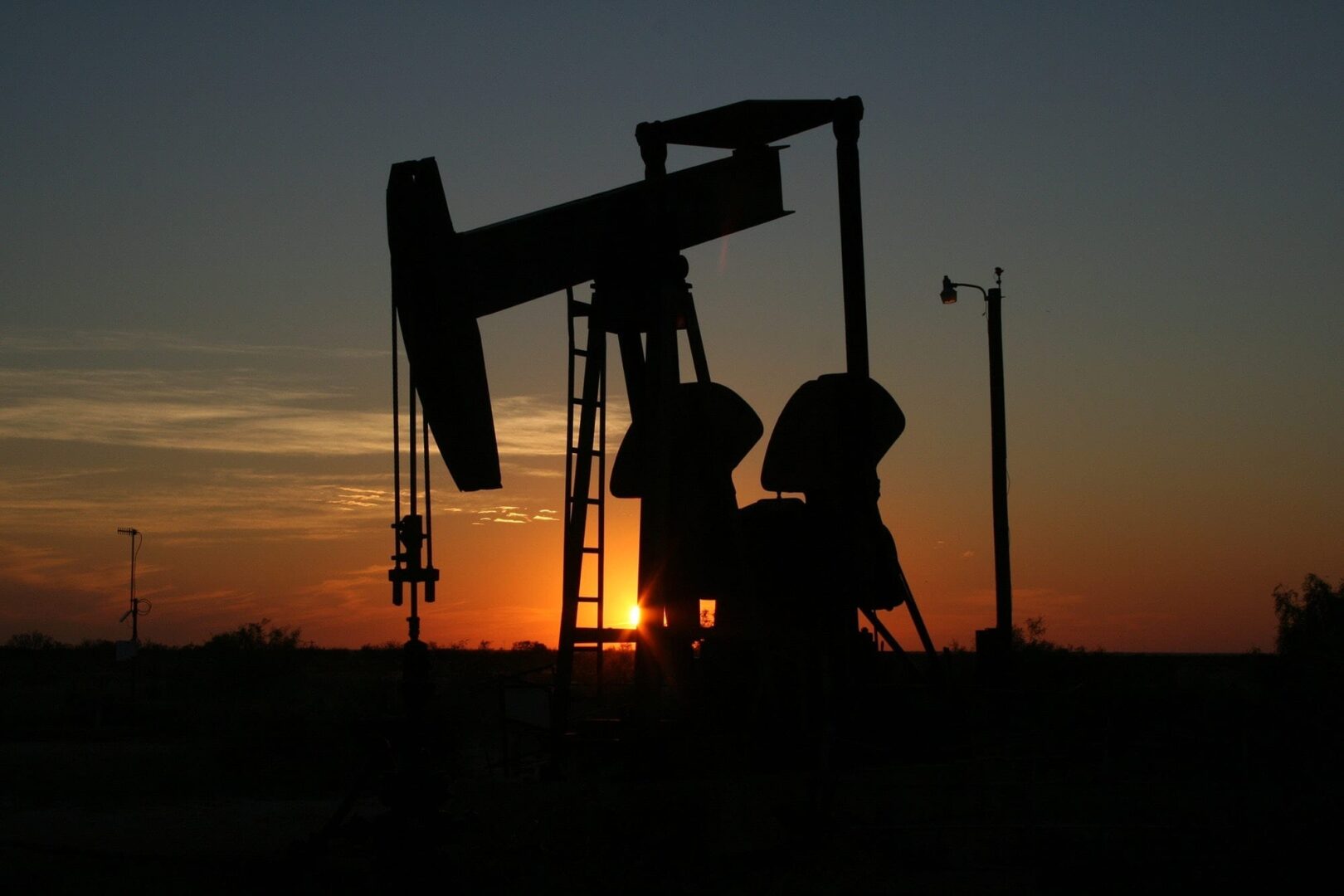

Exchange Rate, Petroleum Price and Price Determination in Sierra Leone
May 16, 2019Exchange Rate,
Petroleum Price and Price
Determination in
Sierra Leone
By B.I.B. Kargbo
Department of Research, Planning and Actuarial National Social Security and Insurance Trust
Sierra Leone
The Sierra Leone economy is a net importer with a chronic negative balance of trade. Imports as a percentage of GDP averaged 40.8% between 2001 and 2010. Imports of
food, mineral fuels and lubricants accounted for 50.8% of the total value of imports within the same period. Also, the value of the leone depreciated from Le 920.75 in 1996 to Le 4,000 in 2010 while inflation averaged 12.6% for the same period. As a result of the interplay of these forces, fuel prices are most times adjusted upwards to compensate for the depreciation of the leone against the dollar or to match up with increases in the world price of crude oil. This study determines the effects of monetary environment as well as exchange rate movement and petroleum prices on domestic prices in Sierra Leone by estimating a hybrid model of inflation in which inflation responds to its own lags, lags of other variables, and a set of error-correction terms that represent short run disequilibria from the money market, external sector and output that feed into the inflation process. The empirical results from the parsimonious model show that petroleum product prices and exchange rate, as well as monetary factors determine inflation in Sierra Leone. What is also significant from the findings is that the contribution of petroleum prices to domestic price formation is unfounded in the long run, meaning that it is only a short-run phenomenon. The results also support the view that a fair portion of fluctuations in domestic prices is driven by its own shocks.
Key words: Sierra Leone, Inflation, Pump Price, Exchange Rate.






